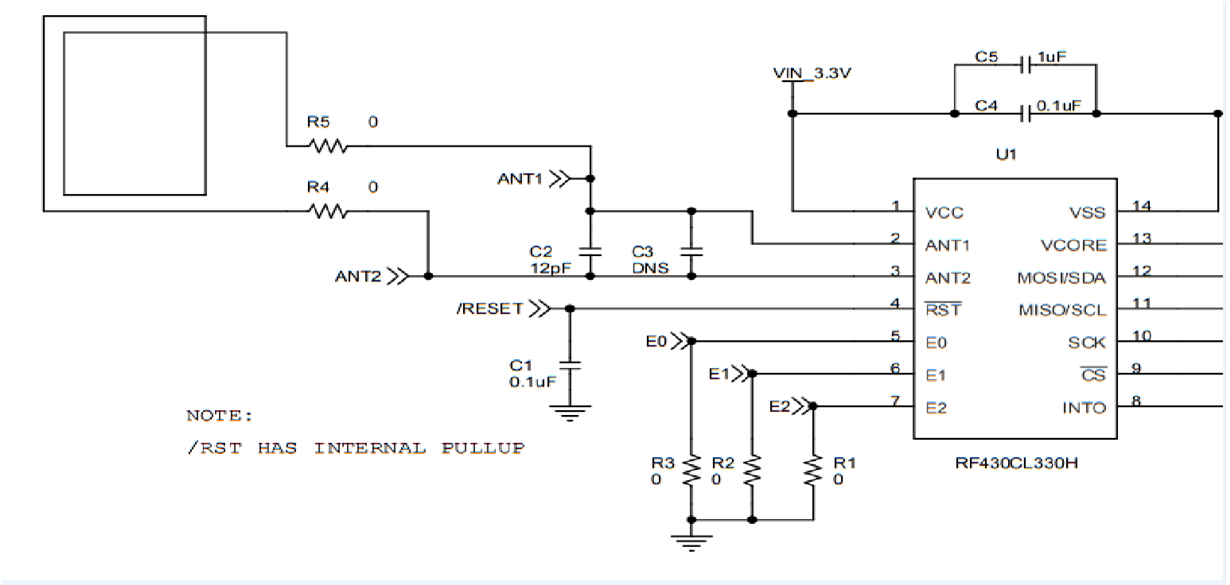Other Parts Discussed in Thread: DLP-RF430BP, , TIDA-00721, MSP430G2553, TIDA-00217
To whom it may concern,
I am Binh, Now I am using RF430CL330HTB controlled by a MSP430 MCU to read data from some sensors, so I want to ask you about the problem that I am confusing, could you please let me know:
1) Did TI make any measurement about the power received from a NFC-enabled smartphone using the on-board antenna of the RF430CL330HTB. Because I would like to know whether it is enough to drive the MCU and sensors whose total power consumption is approximately 3 mW.
2) If I want to use external antenna for this board, does TI provide any reference for consumers to determine the appropriate antenna geometry? Thank you so much.
Sincerely,
Binh Nguyen Thanh


